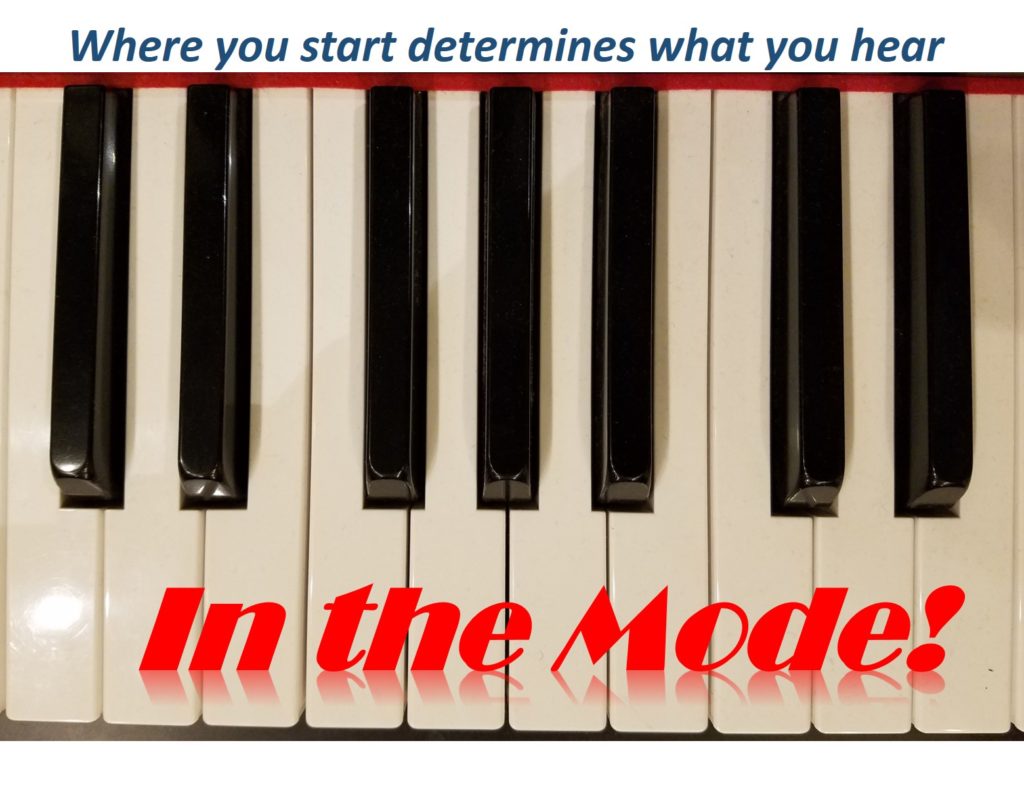Ok, first, let’s be honest – simply saying “Music Theory” in a room may cause you to come out with no friends. Most people don’t like theory. They don’t understand theory. They probably don’t actually know anything about theory, but they have heard the stories…and those stories are terrifying!
But really, theory is just a way to have a common language to talk about music. Think of it as the “English Class” of music. It’s where all the rules and conventions are held so that you don’t have to find out the rules every time you use them (or abuse them). And, of course, if you’re a rule-breaker, that’s bad. But if you know the rules and elect to bend them, that’s avant guard!
So, knowing the rules becomes a first step. You don’t have to learn theory by sweating over a badly written book. In fact, some of the best theory lessons can come right at your harp. But you’ll be faster at learning all the rules if you use a mixed approach of reading about it and sitting at your instrument and exploring.
Melody is one of the basic elements of music. Melodies are built from scales. So, it can only help to know what the scales are. This is where some of you will be shuddering – because you know I’m about to talk about…modes (dun-dun-duhhhh).
The modes have a rich (and depending on who you read, varied) history. Much of this history is interesting. And it doesn’t seem to have much to do with music today. But we do still use the names.
Modes are not really that mysterious. They really are just variations of a scale. Let’s work in C for this example (everything will be applicable to any scale – but C doesn’t require a lot of #s and bs!).
Think of what we call the C Major Scale. It consists of: C D E F G A B. The relationships of the interval are either whole steps (W) or half steps (H). Therefore this scale is: W W H W W W H and it is called the Ionian mode.
BLAHBLAHBLAH, yeah, we know that. This is a good time to bring your harp in so you can play along at home. If you have a piano (or keyboard or piano app) this might be easier to visualize.
So, if you started on the D instead, now the scale is: D E F G A B C and the interval relationships become W H W W W H W. It’s a totally different sound – and it’s called Dorian. It sounds sort of “jazzy”.
And if you started on the E, now we’re at E F G A B C D. The intervals are H W W W H W W and we call it Phrygian. This scale sounds a little dark.
Starting on the F we get: F G A B C D E and the intervals are W W W H W W H which gives us the Lydian mode which is pretty peppy.
If we begin on G the scale becomes: G A B C D E F and W W H W W H W. This is the Mixolydian mode – and for those playing Scottish and Irish traditional music, it probably sounds very familiar – it has the flatted 7th that we’re so used to hearing.
By starting on the 6th we get: A B C D E F G with intervals W H W W H W W. This may also sound hauntingly familiar – this is what we usually call “minor” – it is the Aeolian mode.
The last mode is the Locrian – it begins on the 7th: B C D E F G A, and the intervals are: H W W H W W W. This mode is just weird (to us) and you don’t hear many songs in that scale typically because it doesn’t resolve which we don’t really like in western music (of course, other cultures have different scales and many include “unresolving” scales that we might shy away from).
No one scale is “better” than another, although you might prefer the sound of some over others. And that’s ok – music is a cultural thing so what you’re used to will likely sound better to you than something that is new and different.
Spend some time on your harp playing with these scales – see what you like. Keep at it and see if what you like changes over time, as you become more familiar with the sounds of the “different” scales. Once you get used to hearing and thinking about these, you might be more inclined to look for them or to use them. Later we’ll talk about the chord progressions that might set these different scales off if you use them for a melody. Keep practicing and the theory will work its way into your brain!
